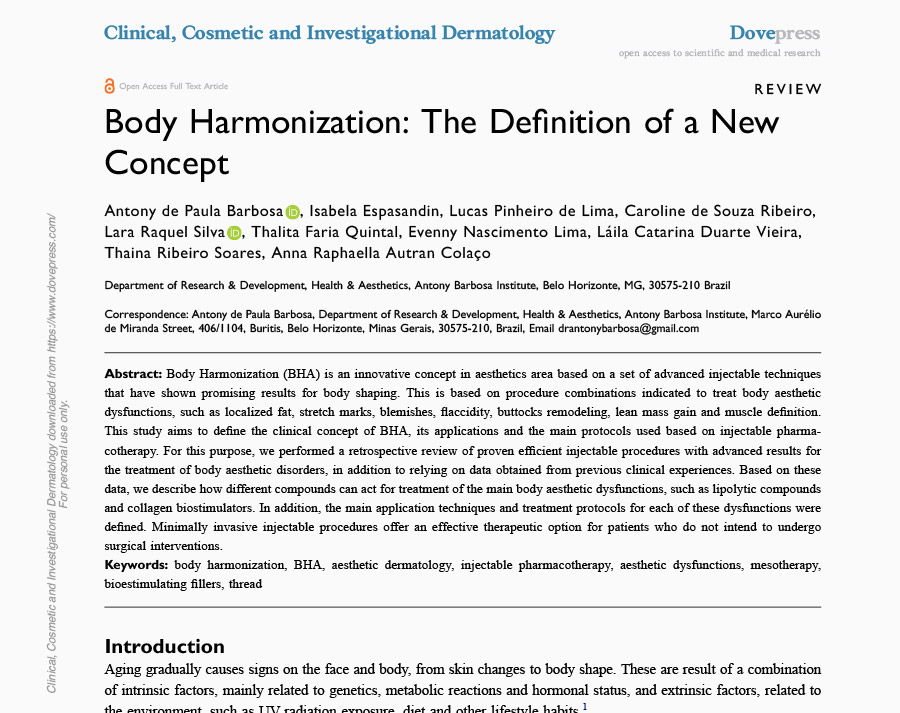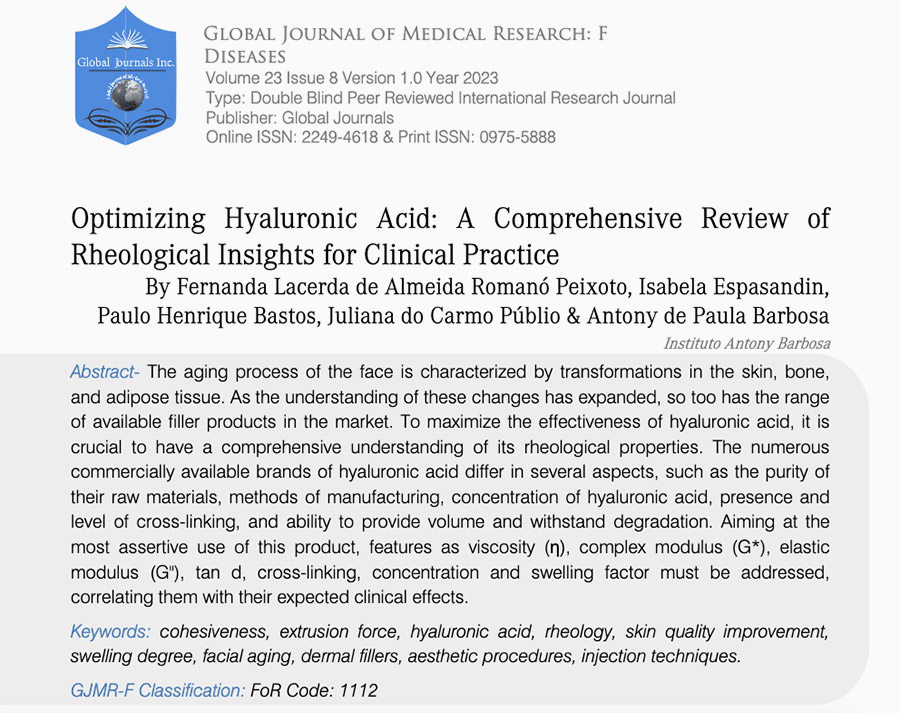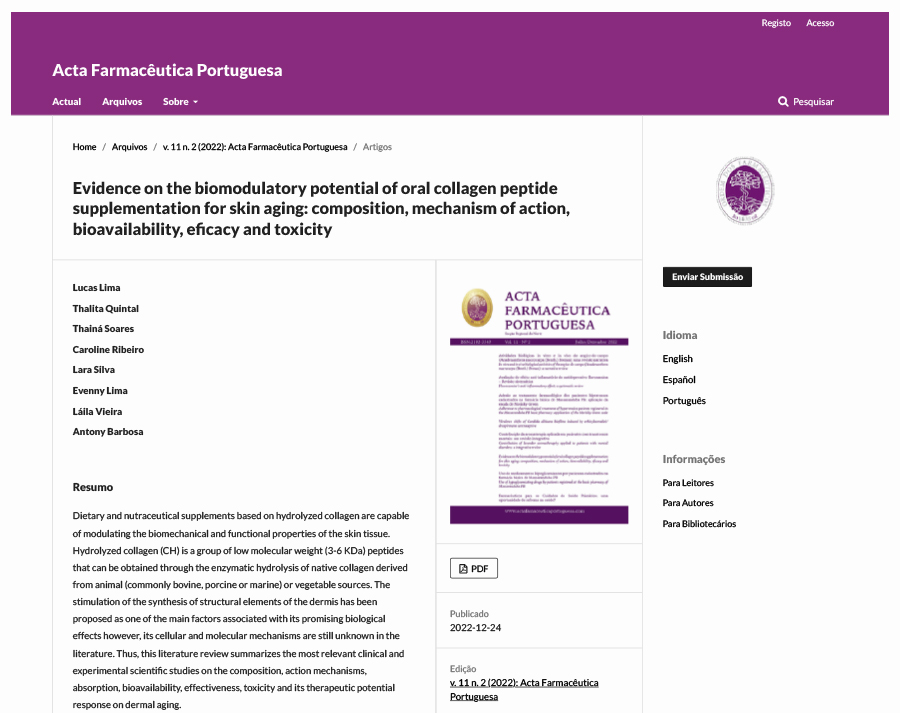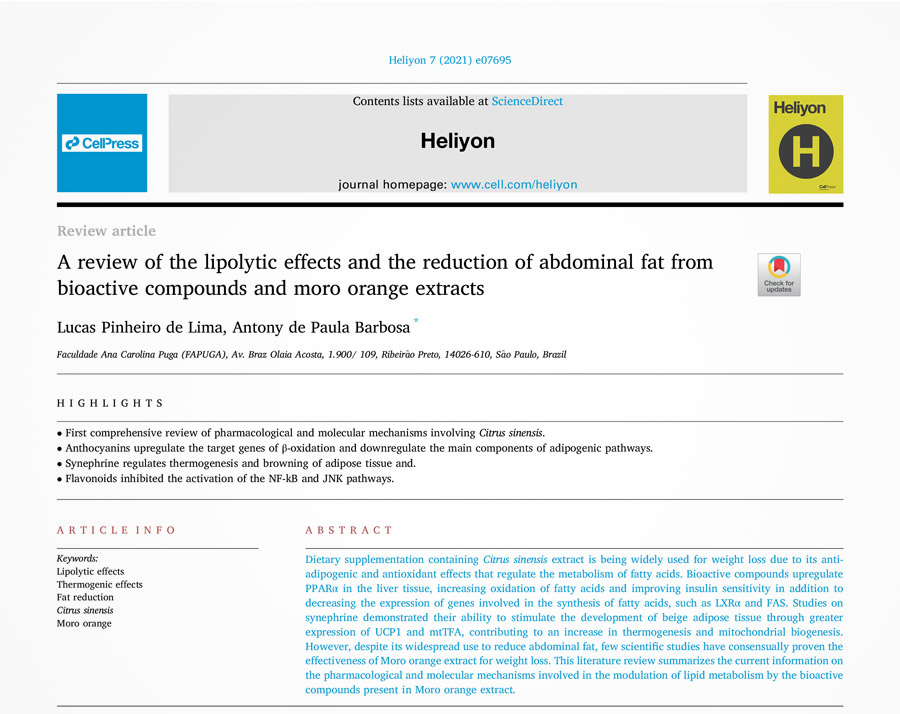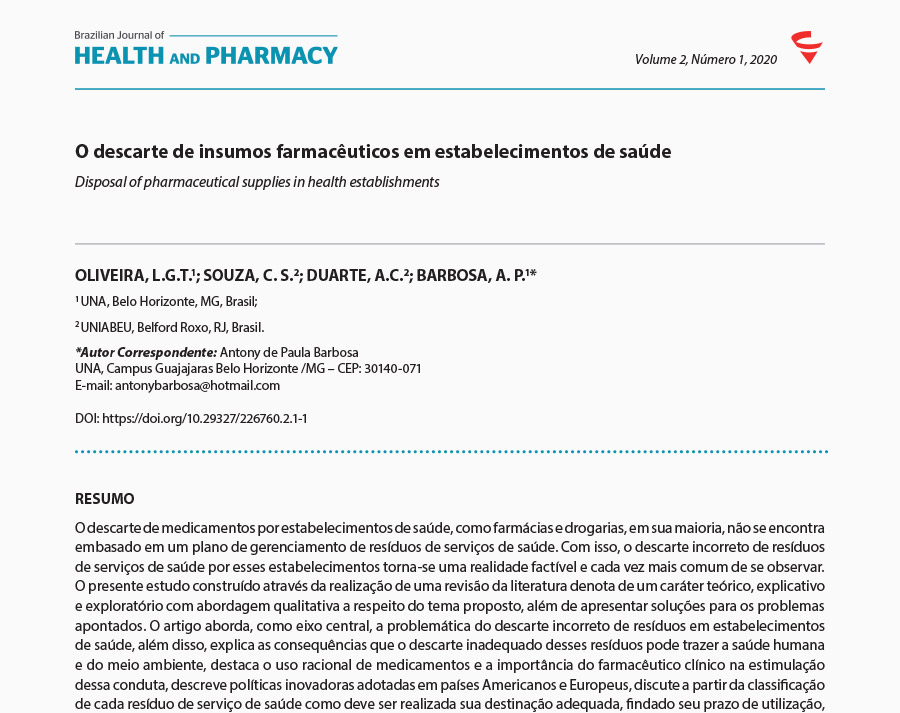
Injectables Pharmacotherapies for Obesity: Mechanisms, Efficacy, and Aesthetic Implications
Obesity remains a complex global health issue, necessitating multifaceted treatment approaches. Injectable pharmacotherapies have emerged as effective strategies to manage obesity by targeting metabolic pathways that regulate appetite, energy expenditure, and fat distribution. This review explores the mechanisms, clinical efficacy, and safety profiles of key injectable agents, including GLP-1 and GIP receptor agonists and lipolytic compounds. Additionally, it highlights the aesthetic challenges following significant weight loss, such as skin laxity, and discusses the role of biostimulators and non-invasive technologies in mitigating these effects. Despite the therapeutic promise of injectable agents, their widespread application is hindered by adverse effects, high costs, and accessibility issues. This paper underscores the need for integrative treatment models that combine pharmacological interventions with aesthetic and behavioral therapies to optimize patient outcomes. Future research should focus on refining personalized protocols and expanding the accessibility of these treatments to diverse populations.



